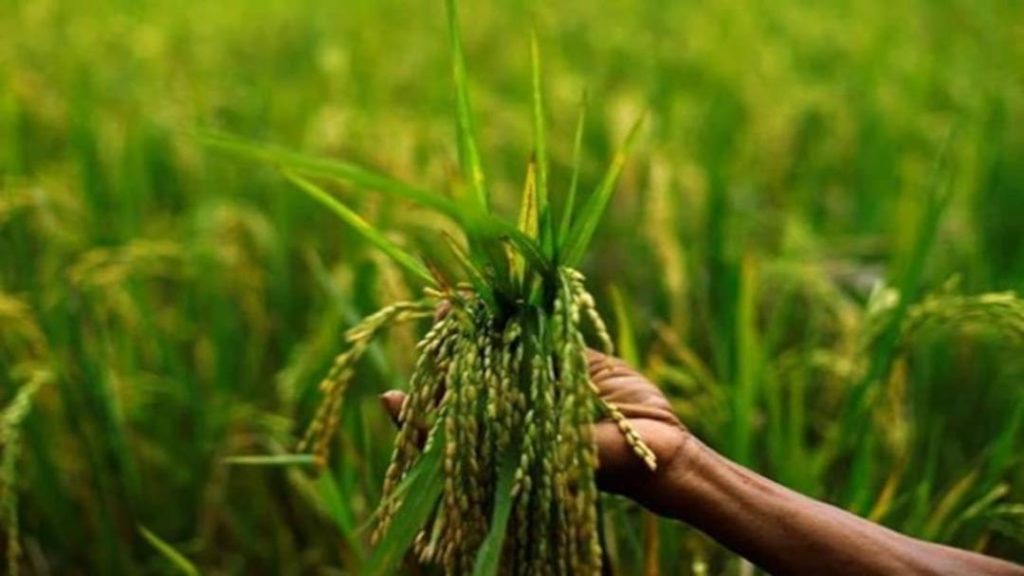
India Cutting Chenab’s Supply Will Increase Water Shortage & Impact Crops, Accepts Pakistan
The Indus River System Authority (IRSA) has accepted that India’s decision to cut the flow of the Chenab River after suspending the Indus Waters Treaty would increase water shortages across Pakistan. The move is expected to have a significant impact on the country’s agricultural sector, particularly the kharif crops, which are already estimated to face a shortage of 21% for the remaining early kharif season. The water shortage in the late kharif season is estimated to be around 7%, according to IRSA.
The Indus Waters Treaty, signed in 1960, is a bilateral agreement between India and Pakistan that governs the sharing of the waters of the Indus River and its tributaries. The treaty was suspended by India in August 2020, citing Pakistan’s failure to construct the Kishanganga Dam according to the treaty’s specifications. Since then, there have been concerns about the impact of the suspension on Pakistan’s water supply.
The IRSA has been monitoring the water flows in the Chenab River, which is one of the six rivers that flow into Pakistan under the Indus Waters Treaty. According to the authority, India has been cutting the flow of the river, which has resulted in a significant reduction in the water available to Pakistan.
The reduction in water supply is expected to have a devastating impact on Pakistan’s agricultural sector, particularly the kharif crops. The kharif season, which runs from June to October, is crucial for Pakistan’s agricultural production, as it accounts for a significant portion of the country’s total crop production. The crops that are affected by the water shortage include rice, maize, and sugarcane, which are major cash crops in Pakistan.
The IRSA has warned that the water shortage will not only impact the kharif crops but also the late kharif season, which runs from October to December. The authority has estimated that the water shortage in the late kharif season will be around 7%, which will further exacerbate the situation.
The decision to cut the flow of the Chenab River has been taken by India in response to Pakistan’s failure to construct the Kishanganga Dam according to the treaty’s specifications. The Kishanganga Dam is a hydroelectric project located in Jammu and Kashmir, and it is designed to generate electricity from the waters of the Kishanganga River, which is a tributary of the Chenab River.
Pakistan has been disputing India’s claim that the Kishanganga Dam is in violation of the Indus Waters Treaty. Pakistan has argued that the dam is a run-of-the-river project, which means that it does not store water, and therefore, it does not violate the treaty’s provisions. However, India has maintained that the dam is a storage-based project, which is prohibited under the treaty.
The suspension of the Indus Waters Treaty has raised concerns about the impact on the region’s water security. The treaty is not only important for Pakistan’s agricultural sector but also for India’s hydroelectric power generation. The treaty allows India to generate hydroelectric power from the waters of the Indus River and its tributaries, and any changes to the treaty could impact India’s power generation capacity.
The situation is further complicated by the fact that the two countries have been engaged in a bitter dispute over Kashmir, which has been a flashpoint for years. The dispute has led to several outbreaks of violence, and the suspension of the Indus Waters Treaty has raised concerns about the impact on the region’s water security.
In conclusion, the decision by India to cut the flow of the Chenab River after suspending the Indus Waters Treaty has significant implications for Pakistan’s water supply and agricultural sector. The move is expected to exacerbate the water shortage in the country, particularly in the kharif season, which is crucial for Pakistan’s agricultural production. The situation is further complicated by the ongoing dispute between the two countries over Kashmir, which has raised concerns about the impact on the region’s water security.






